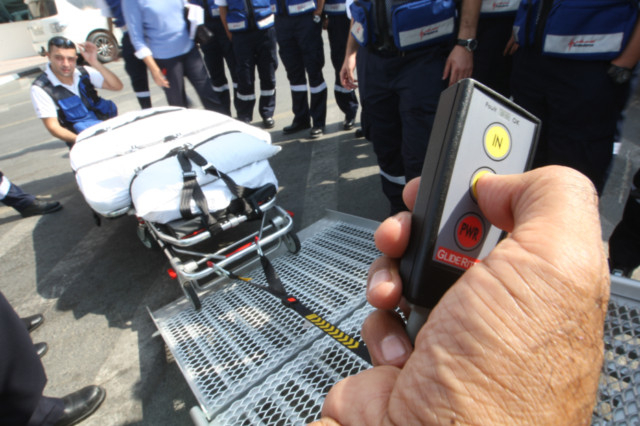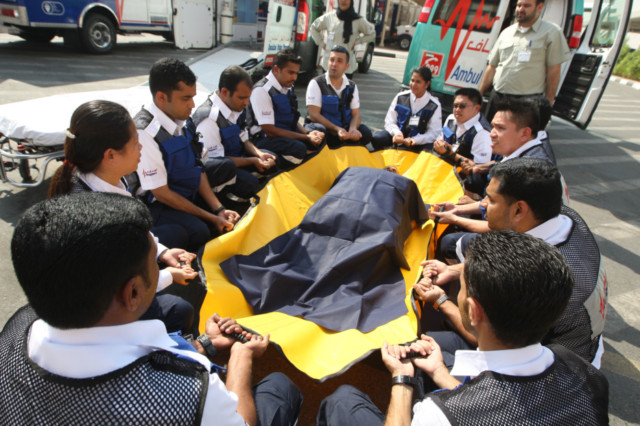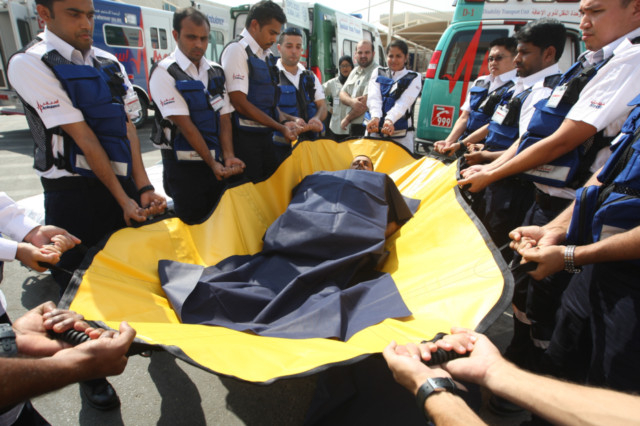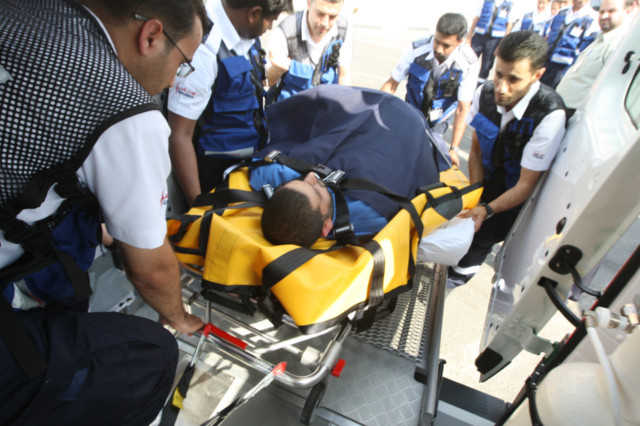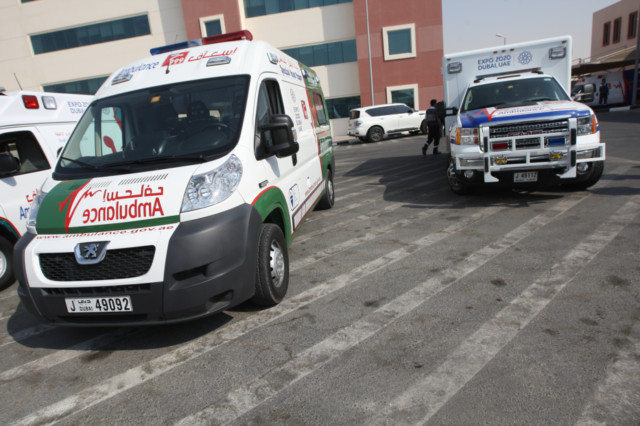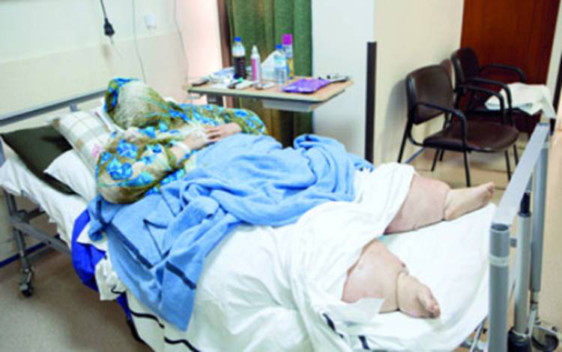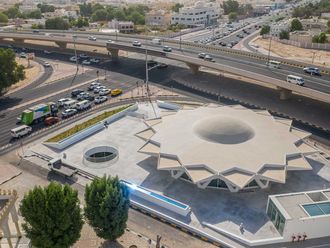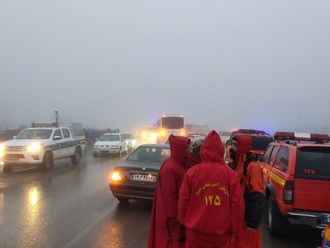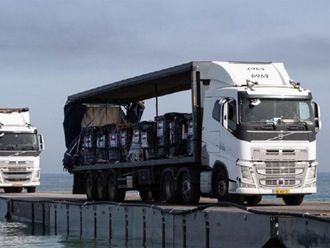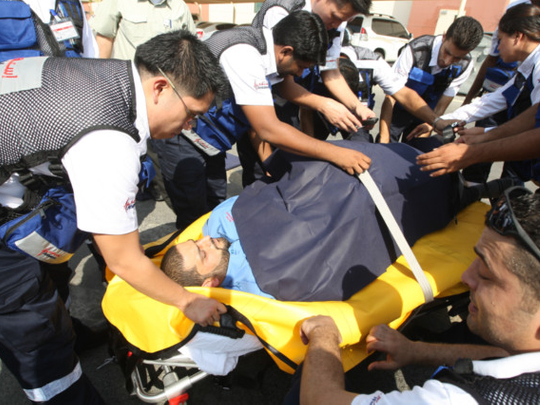
Dubai: When Dubai Corporation for Ambulatory Services (DCAS) recently received a call to transport an Emirati woman to a public hospital, little did its staff realise how different the case would be. The woman, suffering from kidney disease and a host of other problems, weighed 400kg. Unable to move her into an ambulance on their own, the health authorities had to request the Civil Defence department to pitch in. With the help of 15 personnel, it took five hours for the woman to be finally transferred.
The woman, considered the heaviest person to be hospitalised in Dubai, may have been an extreme case. But there are a growing number of obese patients lower down the scales that have prompted the ambulance bosses to launch a special vehicle for them. The bariatric ambulance caters exclusively to patients weighing over 150kg.
Rate of obesity
Giving XPRESS an exclusive demonstration of the just-launched vehicle on October 8, Neil Kirby, Ambulance Operation Director, said: “We introduced the bariatric ambulance to cope with heavy patients. Our Patient Transport has been reporting an increase in the number of calls for them.”
It is not clear how many obese patients end up in hospital, but the UAE’s high rate of obesity is well-known. According to a UN report, 33.7 per cent of the population has a serious weight problem, which in turn carries a high risk of cardiovascular and other diseases. Kirby said DCAS’ workload has increased by 16 per cent since last year. “In September, we saw 400 cases in three days for the first time ever. We expect about 120,000 patients to use our services over a year.”
Unlike the regular blue-and-white ambulance, the bariatric ambulance is green and white and has many niche features. Ambulatory staff are given special training.
Kirby said: “The ambulance is equipped with a stretcher that is bigger in size, wider in capacity and can withstand more weight. Its layout is more spacious to facilitate the attending staff.”
He said the patient’s weight determines the number of staff in attendance. It could range from four to 12. Medic Muoyyad Mallouh said the patient’s transfer process follows a well-defined protocol. To begin with, the staff (about four to 12) take positions on either side of the patient and gently transfer him on to a yellow mat. The mat, with handles all around, is specially designed to withstand up to 1,500 kg. The patient is then laid on the stretcher which is pulled out of the van on a special ramp. The patient is securely strapped to the stretcher before being pulled in again. A remote-controlled electric device helps move the stretcher in and out of the vehicle. The process takes only a few minutes.
Kirby said DCAS would increase the number of bariatric ambulances based on demand. Currently, it is part of a 200-strong fleet of vehicles, 68 of which are on duty at any time. A total of 770 medics and 300 drivers manage these vehicles.
“If any patient has a significant weight problem, please make it known to our dispatcher before hand so we can send the bariatric ambulance,” he added.


